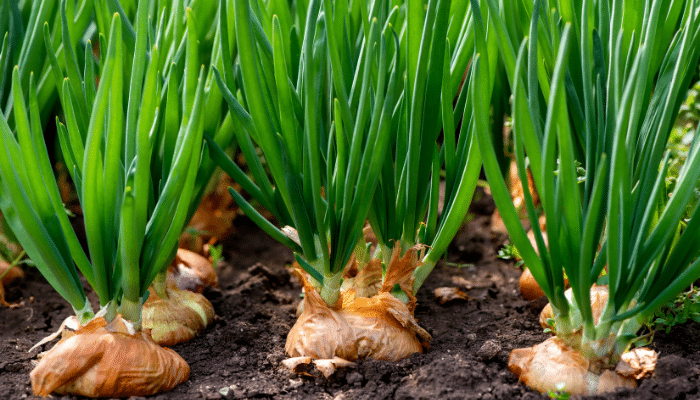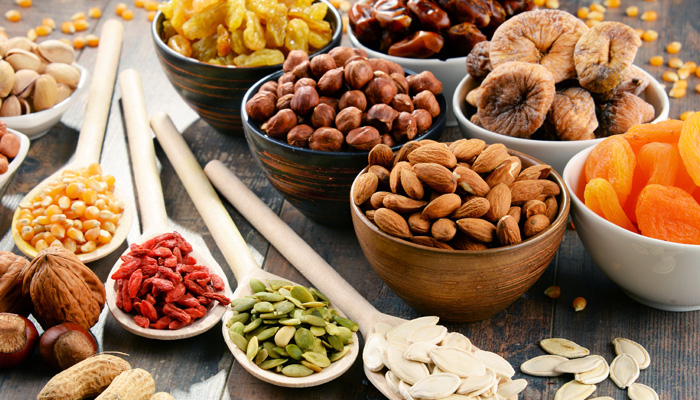On 18 January, four new regulations were published in the Official Journal of the European Union. These Regulations amend Regulation No 396/2005 on maximum residue limits for pesticides.
17 pesticide residues will have their MRLs modified following the publication of these regulations.
Following an application for authorisation of the use of a plant protection product containing the active substance
acetamiprid on table olives and olives for oil production, the MRLs have been raised on these matrices.
They have been lowered for the following matrices: apples, pears, peaches, head cabbages, Chinese cabbages, kales, lettuces, escaroles, spinaches, purslanes, chards and celeries. Consult the
comparative table of MRLs.
The Regulation shall apply from
13 August 2019.
As regards MRLs for table olives and olives for oil production, barley and oats, they shall apply from
13 February 2019.
This Regulation establishes changes in MRLs for the following residues:
bromadiolone, etofenprox, paclobutrazol and penconazole.
It notes that all existing authorisations of plant protection products containing
bromadiolone are limited to the use as rodenticide only and are not intended for direct application on edible crops. MRLs are therefore set at
0,01 mg/kg on all matrices.
The residue definitions for paclobutrazol and penconazole will change:
| Previous residue definition |
New residue definition |
| Paclobutrazole |
Paclobutrazol (sum of constituent isomers) |
| Penconazole |
Penconazole (sum of constituent isomers) |
The Regulation shall apply from 13 August 2019.
These regulations establish MRL changes for the following residues: bromuconazole, carboxin, fenbutatin oxide, fenpyrazamine and pyridaben







